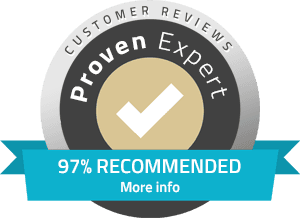Optimizing blogs for search engines involves implementing specific SEO practices to improve visibility, attract organic traffic, and enhance user engagement. Here are key blog SEO practices to follow:
1. Keyword Research and Optimization:Conduct keyword research to find the terms and phrases that people who are interested in your product are looking for. Make use of resources such as Ubersuggest, Ahrefs, SEMrush, and Google Keyword Planner.
Keyword Placement: Naturally incorporate primary and related keywords into your blog post’s title, headers (H1, H2, etc.), meta description, and throughout the content.
Long-Tail Keywords: Include long-tail keywords (phrases with 3+ words) that are less competitive but highly relevant to your topic.
2. Content Quality and Relevance
High-Quality Content: Write comprehensive, informative, and well-researched content that provides value to readers. Aim for originality and avoid duplicate content.
Content Structure: Organize your content with clear headings (H2, H3, etc.) and subheadings to improve readability and SEO.
Engaging Content: Include multimedia elements such as images, infographics, videos, and charts to enhance engagement.
3. On-Page SEO Elements
Meta Tags: Write compelling meta titles (under 60 characters) and meta descriptions (under 160 characters) that include your primary keyword and encourage clicks.
URL Optimization: Create SEO-friendly URLs that are descriptive and include your target keywords. Avoid lengthy URLs with unnecessary parameters.
Internal Linking: Link to relevant internal pages within your blog to improve navigation and distribute link equity.
External Links: Link to authoritative external sources to provide additional value and credibility to your content.
4. Technical SEO
Mobile Optimization: Ensure your blog is mobile-friendly and provides a good user experience on all devices.
Page Speed: Improve loading times by optimizing images, using caching, and minimizing code bloat.
SSL Certificate: Secure your blog with HTTPS to establish trust and security for users and search engines.
5. User Experience (UX)
Readability: Use clear, concise language and break up text into smaller paragraphs and sections.
Interactive Elements: Encourage user interaction with comments, social sharing buttons, and calls-to-action (CTAs).
Navigation: Make it easy for users to find related content with related posts sections or category tags.
6. Promotion and Distribution
Social Sharing: Share your blog posts on social media platforms to increase visibility and attract traffic.
Email Newsletters: Include blog updates in your email marketing campaigns to reach subscribers.
Content Syndication: Republish your blog posts on platforms like Medium or LinkedIn to reach a wider audience.
7. Monitoring and Optimization
Analytics: Use tools like Google Analytics and Google Search Console to monitor blog traffic, user behavior, and keyword performance.
SEO Audits: Regularly audit your blog for SEO issues, such as broken links, outdated content, or technical errors.
Optimization: Continuously optimize older blog posts by updating content, refreshing keywords, and improving readability based on analytics data.



